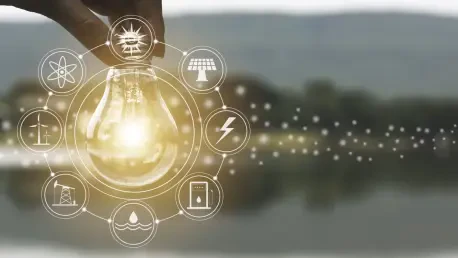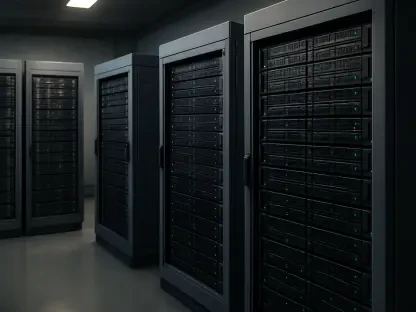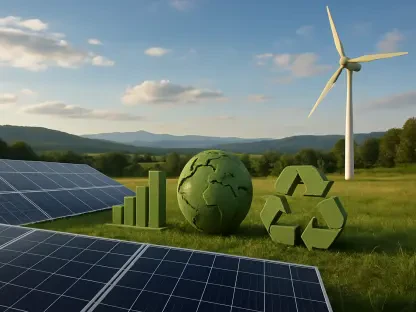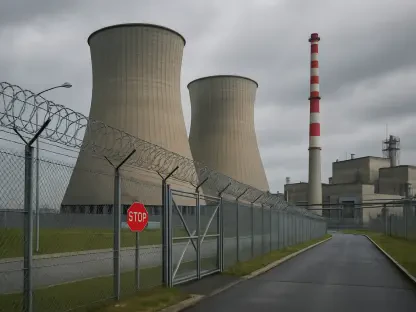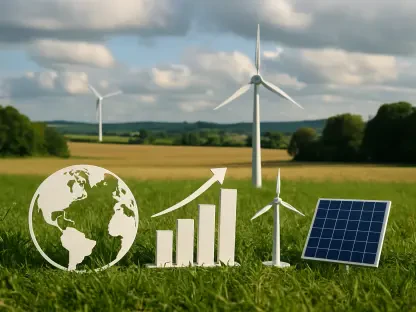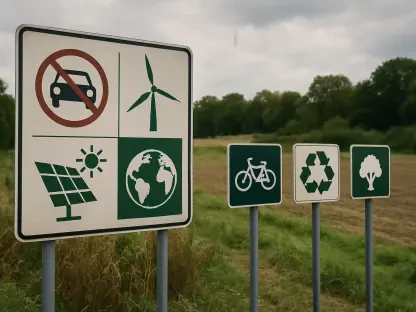As Texas continues its journey to becoming a powerhouse in renewable energy, the intricate balance between fostering innovation and ensuring energy reliability comes under scrutiny. Recent legislative developments spotlight the growing tension between pro-renewable initiatives and traditional energy paradigms. In the Texas House of Representatives, a series of proposed bills sought to impose stricter mandates on renewable energy projects. Despite the passage of these bills in the Texas Senate, their ultimate defeat in the House underscores the state’s complex energy challenges.
Legislative Landscape and Defeated Bills
Proposed Bills and Their Implications
The legislative push aimed at renewable energy projects introduced measures that could have significantly impacted the state’s energy landscape. These bills suggested “firming” requirements for both new and existing renewable installations, which would mandate support from dispatchable non-battery capacity, thus adding a layer of complexity to project planning. The intent was to ensure that renewable sources like wind and solar power could consistently meet energy demands, especially during peak load times. Additionally, the proposed legislation introduced more stringent permitting procedures, potentially creating bottlenecks in project approvals.
Criticism arose from various stakeholders within the state’s energy sector. Energy developers, operators, and major consumers raised concerns that these requirements could dampen investment in Texas’s thriving renewable industry. They argued that such regulations would not only escalate electricity costs but also increase the frequency of blackouts. By making renewable projects less economically viable, the state risked seeing early retirements of generation facilities, which could threaten its overall energy security and market competitiveness.
Coalition’s Response and Victory
The defeat of these bills did not occur in isolation but was a result of concerted efforts by a coalition that included energy firms, environmental advocates, and consumer groups. This diverse alliance underscored the importance of renewables in the state’s energy portfolio. They argued that the proposed regulations would stifle innovation and drive investment away from Texas. By advocating for a more balanced approach to energy regulation, this coalition underscored the economic viability and environmental benefits of renewable energy, fostering a nuanced debate on the future of Texas’s energy sector.
The victory against the proposed measures has been a pivotal point for renewable advocates. The coalition’s emphasis on maintaining a competitive energy market, while also addressing climate concerns, resonated with lawmakers. Yet, this triumph is viewed as a temporary reprieve, with many anticipating that similar legislative battles might resurface in the next session when the Texas Legislature reconvenes in 2027. Stakeholders continue to remain vigilant, knowing the energy debate is far from settled.
Shaping Texas’s Energy Future
Renewable Growth and Energy Reliability
The struggle to balance renewable growth with energy reliability is not unique to Texas, but its outcome here could set a precedent for the nation. Advocates for expanding wind and solar power are challenged to demonstrate that these renewables can reliably complement traditional energy sources, like natural gas and coal, without compromising the grid’s stability. The conversation around energy reliability often revolves around the need for backup systems that activate when renewable sources are insufficient due to calm winds or cloudy skies.
As the public and private sectors consider options to enhance grid reliability, innovative solutions involving storage systems and smarter grid management are gaining traction. Energy storage technologies, such as advanced battery systems, can store excess energy during peak production times and release it when generation is low. These innovations hold the potential to transform how energy is delivered across the state, creating more flexible and resilient infrastructure.
Stakeholders and Future Considerations
The future of Texas’s energy landscape hinges on several critical factors, including the successful implementation of pending gas-fired plant projects supported by the Texas Energy Fund. These projects are expected to bolster the state’s dispatchable capacity, offering a reliable foundation upon which renewables can expand. Concurrently, the evolving public and political discourse on energy reliability will play a crucial role in shaping subsequent legislative actions and market trends.
Debates continue to focus on how best to navigate Texas’s energy needs without stifling innovation or compromising reliability. Stakeholders, ranging from policymakers to energy consumers, are increasingly aware that a balanced approach is necessary. By addressing both economic and environmental factors, Texas is poised to lead in the transition to a more diversified energy future, setting a benchmark for other states grappling with similar challenges. The dialogue between innovation and tradition continues to shape what many hope will be a sustainable and reliable energy market for Texas.
Looking Ahead: Navigating Energy Challenges
As Texas advances further into becoming a leader in renewable energy, it faces a challenging task: balancing innovation in green energy with the need for reliable power sources. This delicate balance is highlighted by recent legislative debates that reveal the tension between promoting renewable energy initiatives and maintaining traditional energy frameworks. In the Texas House of Representatives, several proposed bills aimed to enforce stricter guidelines on renewable energy ventures. Although these bills successfully passed through the Texas Senate, they ultimately did not succeed in the House. This legislative impasse emphasizes the state’s evolving energy landscape and the intricate challenges it must navigate. The push for renewable energy is essential for environmental sustainability and economic development; however, concerns about reliability and infrastructure support are equally vital to address. This ongoing debate demonstrates the complexities Texas faces as it strives to integrate renewable sources while ensuring a stable energy supply for its growing population.
